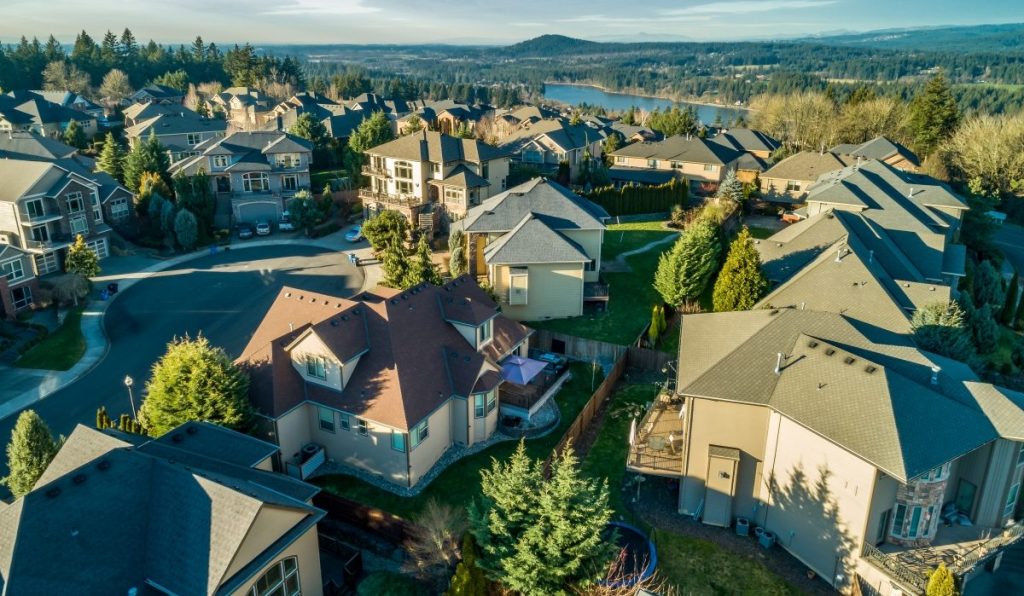The wrangling in Congress over infrastructure is upon us. The underlying tension continues to be around the fundamental definition of the word. Lawmakers are grappling with whether infrastructure should be considered a more inclusive category of societal needs, or viewed as it has been more commonly portrayed, as roads, bridges, and tunnels.
Those who favor the latter bristle when they hear the newly coined term “human infrastructure.” They dismiss it as a smokescreen used by others to push through a wish list of unrelated spending items.
But wait. What’s the purpose of those roads, bridges, and tunnels? The answer: To keep people moving and to keep people safe. And why? Because people need to work, take care of their families, and live decently as productive members of a community.
At its most basic level, the infrastructure debate is about the level of importance we as a nation place on how we drive forward — both literally and in the broader sense. We must recognize with urgency that there are no more essential ways to do so than through family-supporting jobs and decent housing.
It has become clear that for the foreseeable future, we will be living in times shaped by the COVID-19 virus. The scourge will drag on, while the U.S. continues to suffer a shortage of 6.8 million rental homes affordable and available to extremely low-income renters, according to the National Low Income Housing Coalition. And to quote Michael Stegman, former housing policy advisor to the National Economic Council, housing is destiny.
The average life expectancy in many U.S. cities for those born at the same time but in different neighborhoods can differ by as much as 30 years. Poor-quality housing creates physical and mental health problems for everyone affected and emotional, behavioral, and developmental problems for children. It contributes to the higher COVID death rates among minorities.
The need for housing, and the jobs it takes to create it, are perfect examples of why the idea of human infrastructure is legitimate — and are at the heart of many, sobering lessons we’ve learned in the pandemic.
Lesson one: Jobs
The pandemic has had a psychological effect on many workers, as they reassess what they want to do for a living and how work contributes to their dignity. A 2021 Pew Research Center survey found that 66% of the unemployed have “seriously considered” changing their fields. Their goals: Better pay and greater job stability.
Meanwhile, U.S. Bureau of Labor Statistics numbers show we’re suffering a shortage of more than 300,000 for skilled, trained workers in the building industry. That’s the case, even though construction work was designated essential from the pandemic’s outset.
Lesson two: Housing
To have the quality of life everyone expects, we need safe and decent places to live. Too often that need goes unmet, which impacts people’s ability to stay healthy, educate and protect their children, get to work, and know they are an important part of the community they serve.
It’s a lesson that has been brought home to all of us in the experience of the pandemic. Millions of families have fallen behind on their rent. Others have become homeless or have had to double up with family and friends, living in crowded homes that increase health risks.
Now, look at an example of how thousands of lives are improved when skilled workers are employed in well-paying jobs to build affordable housing. Take the public housing in Boston known historically as Old Colony. Old Colony was one of the country’s first federal public housing developments. Nearly seven decades later, it became a housing site under enormous stress.
Through federal resources, combined with state, municipal, private sector and union pension funds, Old Colony today is undergoing a major transformation and rechristened the Anne M. Lynch Homes. New rental homes have emerged, affordable to low-income households. It’s revitalization that’s changing the neighborhood, the lives of its residents and the workers performing the construction.
This multiyear project goes beyond renovation. It is an entirely different concept where residents no longer dwell in aging housing, nor experience isolation from the city. They enjoy attractive homes, open spaces, access to transportation and services, and most of all, a sense of pride and hope.
The reinvention of Old Colony is the product of union workers earning wages and benefits on which they can support a family. In partnership with the Boston Housing Authority, local labor organizations have sponsored job training and apprenticeship preparation for young people and displaced workers seeking new career opportunities. It is a success story in human infrastructure, which has reaped benefits for workers, residents, and citizens throughout the city’s economy.
Regrettably, for every Old Colony there are hundreds more places across the country where too many skilled workers need reliable employment opportunity, and too many people face a dearth of safe and affordable housing.
A commitment to building more housing, and at the same time creating jobs for trained workers, makes a difference to the broader economic health of any city, town or county. Until we make our communities places where housing is affordable and jobs are available on which people can support their family, defining infrastructure too narrowly might simply be a road to nowhere.
Suh is chief executive officer of the AFL-CIO Housing Investment Trust, a $7 billion mutual fund that invests union and public pension capital into the production of mission-related multifamily housing.
This column does not necessarily reflect the opinion of HousingWire’s editorial department and its owners.
To contact the author of this story:
Chang Suh at OfficeOfTheCEO@aflcio-hit.com
To contact the editor responsible for this story:
Sarah Wheeler at swheeler@housingwire.com





